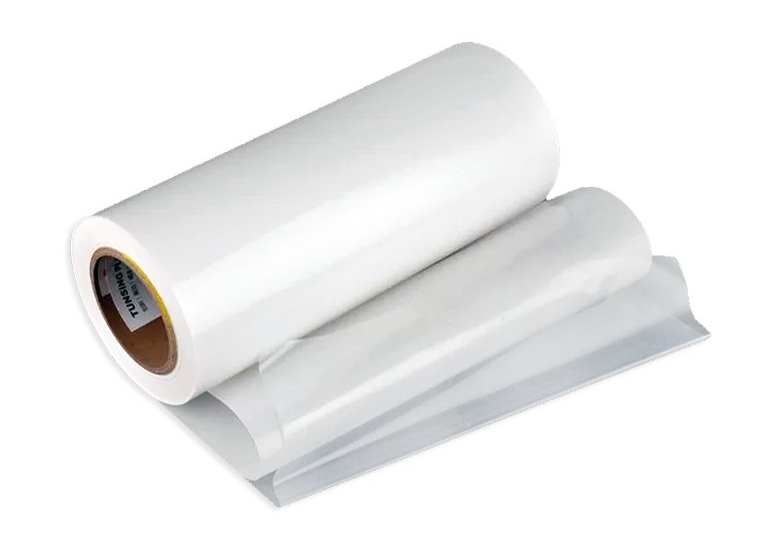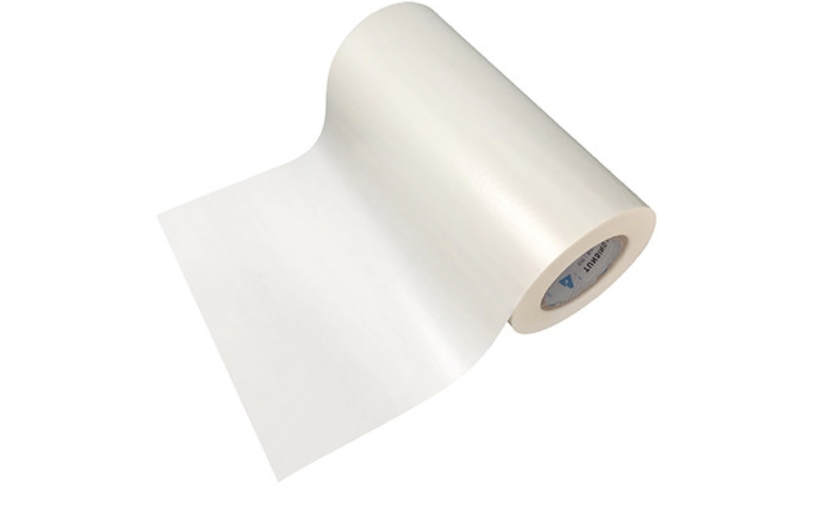EVA (Ethylene Vinyl Acetate) hot melt adhesive film is a versatile and essential product used in various industries, including automotive, textiles, electronics, and packaging. This article delves into the properties, applications, and advantages of EVA hot melt adhesive film, providing a comprehensive and ultimate guide to Eva hot melt adhesive film, including manufacturers, suppliers, and consumers seeking to understand its significance.

What is EVA Hot Melt Adhesive Film?
EVA hot melt adhesive film is a type of thermoplastic adhesive that is primarily made from ethylene and vinyl acetate. It comes in the form of a film or sheet that melts when heated, allowing it to bond materials together when cooled. EVA hot melt adhesive film is known for its excellent bonding properties, ease of use, and ability to bond to a wide range of substrates, including metals, plastics, glass, and fabrics.
The composition of EVA adhesive film can vary depending on the specific formulation. Typically, the EVA resin is combined with various additives such as tackifiers, stabilizers, and curing agents to achieve the desired characteristics, including the film’s viscosity, melting point, and strength.
Properties of EVA Hot Melt Adhesive Film
- Thermoplasticity: EVA adhesive films are thermoplastic, meaning they can be heated and reshaped multiple times without losing their adhesive ability. This makes them ideal for use in industries where easy processing and flexibility are critical.
- Excellent Adhesion: EVA hot melt adhesive films bond securely to a variety of surfaces, including metals, plastics, fabrics, and even porous materials. This makes them highly versatile in a variety of bonding applications.
- Low Viscosity: EVA adhesives are characterized by their low viscosity, which allows for easy application and smooth, even bonding. Low viscosity also helps the adhesive penetrate and bond well to substrates with rough or uneven surfaces.
- Fast Bonding Time: One of the main advantages of EVA hot melt adhesive films is their fast bonding time. Once heated, it sets quickly, allowing for an efficient and fast manufacturing process.
- High Temperature Resistance: EVA films can generally withstand a range of temperatures, but their performance can be affected by extreme heat or cold. However, for many applications, the temperature range offered by EVA films is more than adequate.
- Good Flexibility and Durability: EVA hot melt adhesive film can maintain its flexibility and durability even after bonding, which is very suitable for products that require continuous movement or withstand pressure.

Applications of EVA Hot Melt Adhesive Film
EVA hot melt adhesive film is widely used across numerous industries due to its flexibility and superior bonding properties. Some of the most common applications include:
1. Textile and Apparel Industry
In the textile industry, EVA hot melt adhesive films are used for bonding fabric materials together, creating seamless garments, and applying decorative elements to clothing. For instance, EVA films are used in the production of labels, badges, and embroidery appliques, which require a high degree of adhesion and durability.
The film is particularly useful for bonding fabric to other materials such as leather, PVC, and rubber, which are commonly found in shoes, bags, and outerwear.
2. Automotive Industry
The automotive sector often uses EVA hot melt adhesive films in applications such as interior bonding, soundproofing, and insulation. EVA adhesives are ideal for automotive assembly because they provide strong and flexible bonds while being resistant to vibration and movement. Additionally, the ability to bond plastic, rubber, and fabric makes EVA adhesives useful in manufacturing car interiors, trim, and components.
3. Packaging Industry
In packaging, EVA hot melt adhesive films are used for sealing and assembling packages, boxes, and cartons. They offer fast setting times, making them ideal for high-speed packaging lines. EVA adhesive films are also used for lamination applications, including the bonding of different types of films and materials in packaging, labels, and food wrappers.
4. Electronics Industry
In electronics, EVA hot melt adhesive films provide effective bonding for components such as screens, batteries, and casings. The film’s excellent adhesive properties ensure that sensitive electronic components stay in place during assembly while maintaining their integrity. EVA films are often used in mobile phones, computers, and other consumer electronics.
5. Construction and Building Materials
EVA films are also used in the construction industry, particularly in applications like flooring, roofing, and wall panel assembly. The ability of EVA adhesive films to bond to a variety of materials—such as concrete, wood, and metals—makes them highly suitable for construction applications that require durability, flexibility, and fast curing times.
6. Footwear Industry
The footwear industry utilizes EVA hot melt adhesive films to bond shoe components, such as soles, uppers, and insoles. EVA adhesives offer the necessary strength and flexibility for footwear while ensuring the comfort and durability of the final product. The ease of processing and ability to withstand daily wear and tear makes EVA adhesives a popular choice in this sector.
Advantages of EVA Hot Melt Adhesive Film
- Ease of Use: EVA hot melt adhesive films are easy to handle, apply, and process. Unlike liquid adhesives, the film form eliminates the risk of messy application and waste, making it highly efficient for manufacturing environments.
- Environmental Benefits: EVA adhesives are considered more environmentally friendly compared to solvent-based adhesives. They contain fewer volatile organic compounds (VOCs), which helps reduce emissions and improve indoor air quality during production.
- Cost-Effective: EVA hot melt adhesive films are often more cost-effective than other bonding methods, such as traditional liquid adhesives or mechanical fasteners. The fast setting time and reduced need for complex machinery make them an economical choice for large-scale production.
- Reduced Energy Consumption: The hot melt application process requires less energy compared to other adhesive methods, making it a more energy-efficient bonding solution.
- Versatility: EVA films are compatible with a wide range of materials, including metals, plastics, glass, and fabrics, making them versatile for different industries and applications. This ability to bond to various substrates allows manufacturers to streamline production processes.
How to Apply EVA Hot Melt Adhesive Film
Applying EVA hot melt adhesive film involves a simple process that typically includes the following steps:
- Preheating: The adhesive film is preheated to its melting point. This can be done using hot rollers or heated plates. The temperature is carefully controlled to ensure the film melts without degrading.
- Placement: Once the film is heated, it is applied to the surfaces that need to be bonded. The film can be placed manually or using automated machinery, depending on the scale of the operation.
- Bonding: The bonded materials are pressed together under moderate pressure to ensure the adhesive forms a strong bond. The pressure is usually applied for a short period before the adhesive solidifies.
- Cooling: After bonding, the materials are allowed to cool, solidifying the EVA adhesive film and creating a permanent bond between the surfaces.
Conclusion
EVA hot melt adhesive film is an indispensable material in modern manufacturing, offering an efficient and cost-effective bonding solution across various industries. Its unique properties—such as fast bonding, versatility, and durability—make it ideal for applications in textiles, automotive, packaging, electronics, construction, and more. Understanding the key characteristics and applications of EVA hot melt adhesive film allows manufacturers to take full advantage of its benefits and streamline their production processes. Whether you are involved in producing consumer goods or industrial components, EVA adhesive films offer a reliable, high-performance bonding solution.






